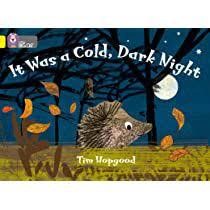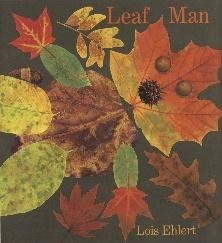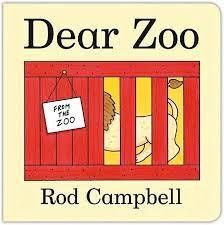EYFS Ash & Oak
Early Years Curriculum
Intent
At Weeke, we aim to provide an exciting and motivating learning experience where children are always ‘thinking, talking, doing’. We believe these active, first-hand experiences encourage children to build resilience, ambition, and a lifelong love of learning. Our carefully organised learning environment provides children with familiarity, giving them the tools and independence to be the leaders of their own learning. We recognise these first years of education are crucial in laying the foundations and language for their future learning, giving them the opportunity to explore, create and think critically alongside their peers. We recognise that all children are unique and will join us with their own set of life experiences. We celebrate and welcome these.
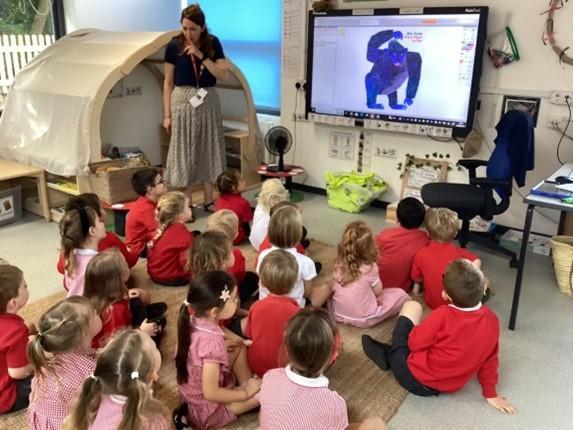

Implementation
We have designed our curriculum with these aims in mind to create a happy and productive learning experience for all our children. From the warm welcome on the door, the calm routines, the beautiful indoor and outdoor environment, to the inspiring experiences organised to link in with our learning, we are passionate about making the most of every opportunity!
Our curriculum involves half-term themes, such as ‘Who do you think you are?’ or ‘Down on the Farm’. We carefully structure our day to balance short adult-led learning with longer child-led learning sessions. We call the latter ‘choose your learning’, and this is where children can challenge themselves and follow their curiosity as they play and explore. Our staff team continually interact with children during these times to extend learning and maximise developmental progress.
Our children make great gains during EYFS, consistently showing high levels of well-being and engagement, demonstrating our school values of kindness, respect, responsibility and excellence.
Impact
The Early Years curriculum at Weeke is reflected by having well-rounded, happy and confident children transitioning into Year 1. Our children are often role models for others in school. We measure children’s learning and progress across the year through formative and summative assessment, which is based on the teachers’ knowledge of the child and their learning journeys.
We want you and your child(ren) to have an engaging and interesting learning experience as they go through Early Years. To achieve this, we have produced a range of resources, activities, videos and support guidance to help you be part of that learning journey. Please use the information and links on the page both with your child and as a guide to help you understand more about our curriculum.
EYFS Curriculum Documents
Below are a number of school and nationally recognised documents that will help you as a parent understand more about the Early Years Foundation Stage and our curriculum.
- Statutory framework for the Early Years Foundation Stage
- Development Matters - non-statutory curriculum guidance for Early Years Foundation Stage
Below is a link to a video that explains the areas of development in Early Years.
Weeke EYFS Curriculum - Yearly Overview
Weeke Aspirations
- Aspiration 1 - To build new friendships.pdf
- Aspiration 2 - To take care and responsibility for my environment.pdf
- Aspiration 3 - To learn to ride a balance bike.pdf
- Aspiration 4 - To build a model out of wood.pdf
- Aspiration 5 - To take a walk with my friends in the local area.pdf
- Aspiration 6 - To retell a story to another child in school.pdf
Learning Themes
AUTUMN 2 – Our school environment
The focus this half term is our school environment. We will look at pictures of our school now and from the past, comparing similarities and differences. We will also spend lots of time exploring outside in our school grounds. We have put together a Pinterest page with some suggestions of how you might support learning at home through this theme. Scan the QR code below on your phone or tablet and it will take you to the Pinterest page or click on the following link https://www.pinterest.co.uk/user_ctnmareshm/

Communication and language
In school, the children will be engaging in familiar and new stories, joining in with repeated actions to help retell them. We will be encouraging the children to make relevant comments about the story and think about why questions, e.g. Why did the owl fall out of the tree? They will also be learning simple songs, poems and rhymes as a whole class. We will ask them to describe things that have happened to them or describe what they have created. At home, you could visit your local library and discover some new stories, poems, rhymes or songs. Discuss and learn them at home and perhaps bring them in to share at school.
Personal, social and emotional development
The children will develop their confidence becoming more outgoing and offering their ideas in front of the class. We will encourage turn taking and support them in conflict resolution. We will also get them to think about how they are feeling and begin to consider the feelings of others. We will refer to our newly introduced ‘zone of regulation’ to discuss how they feel and what they could try when they are experiencing different emotions. At home, you could read some of the following books or look them up on YouTube: The Leaf Thief, Sharing a Shell or The Squirrels Who Squabbled to talk about some of the key themes.
Physical development
In school, the children will continue to take part in PE twice a week - dance and multi skills, which involves ball control. They will also start to have balance bike lessons in small groups. Children will be developing their pencil grip, using crayons, paints, chalk and pencils. We will also be encouraging your child to write out their names using the correct formation. At home, you could play some throwing and catching games with a ball or even a balloon or bean bag. Also, help your child to make sure they can correctly form the letters to write their name. You could practise this by painting, writing in a tray of sand or glitter with their finger or even on a steamed up mirror or shower screen.
Mark making
Here are some more pre-writing shapes that we will be practising at school.

At home, you could practise these activities to help learn pre-writing strokes.
Play-dough: Roll play-dough into balls or lines and practise creating the shapes above. Play-dough is a great way to strengthen hands.
Multi-sensory activities: Use shaving cream or other fun mediums such as sand, flour, or paint, practise the shapes above.
Fine motor and visual motor activities: Try activities such as lacing, colouring, cutting, crafts, Lego and stringing beads. These will all help to strengthen and develop children’s co-ordination with fine motor tasks.
Phonics and rich texts
We follow Little Wandle Letters and Sounds Revised to teach phonics and reading. Follow the link for further help on the Little Wandle parent support page.

Phase 2 graphemes: ff, ll, ss, j, v, w, x, y, z, zz, qu, ch, sh, th, ng, nk, words with –s/s/ added at the end (hats, sits), words ending in (s/z/ (his) and with –s/z/ added at the end (bags, sings)
Tricky Words: put, pull, full, as, and, has, his, her, go, no, to, into, she, push, he, of, we, me, be
(As you can see, we have many tricky words in Autumn Term 2 and children do find them hard to pick up. Any extra practise you can do at home with these will really support your child.)
What is my child learning in phonics this half-term?
Tricky Words in Early Years
These are some of the key texts we look at during Autumn 2. We will listen and respond to them and retell familiar and traditional tales. Click on the books to listen to the story.
Maths
We will begin the Mastering Number programme. The children will learn to:
- subitise up to 5
- compare 2 sets of objects using the vocabulary; more than, fewer than, equal
- practise counting and deepening their understanding to 5
- understand the composition of 3, 4 and 5 using the part, part, whole concept
- investigate and explore shapes with 4 sides
Visit the Maths Video page for some short videos to explain some of the key concepts.
We have found the 1-minute maths app created by White Rose Maths to be highly beneficial. Download the app from your app store on your tablet or phone. We recommend using the ‘subitising’ section and games 1 – 4 for this half term. See the photos below.

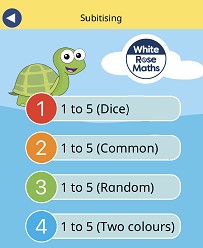

Understanding the World
In school, children will learn and talk about some similarities and differences from the past and now. They will use all their senses to explore the natural world around them. We will encourage your child to discuss celebrations within your family, e.g. birthdays and weddings and think about other people’s celebrations. At home, you could talk to your child or show them pictures of what life was like when you were a child. What similarities and differences are there? When out and about, you could start collecting some natural objects, e.g. leaves, conkers, small sticks and create some natural art work.
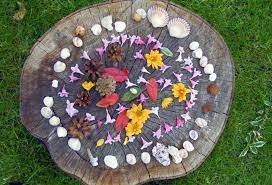
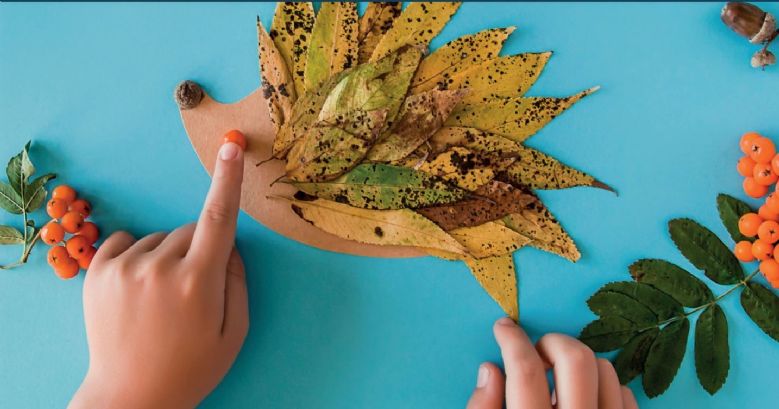
Expressive arts and design
Linked to Understanding the World and Literacy we are going to be creating artwork using natural objects and using salt dough to make woodland animals. In music, the children will be learning songs for our Nativity play. At home, use playdough, clay or even bread dough to make 3D sculptures.
